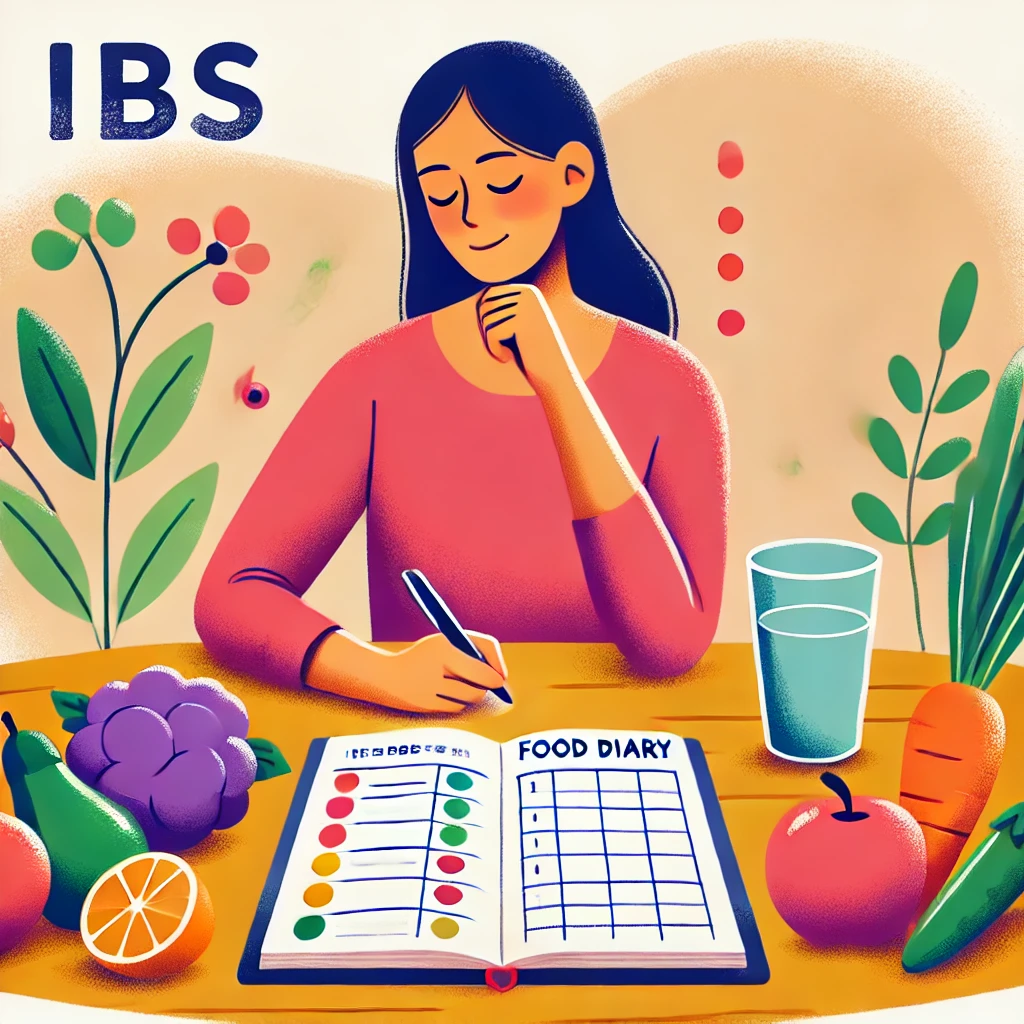The low FODMAP diet is a well-established approach for managing Irritable Bowel Syndrome (IBS) symptoms. Traditionally, it involves a three-phase process: Elimination, Reintroduction, and Personalisation. However, an alternative method known as the “Top-Down Approach” offers a more individualised pathway to symptom relief.
Understanding the Top-Down Approach
Unlike the conventional method, which begins with the complete elimination of all high-FODMAP foods, the top-down approach focuses on identifying and eliminating specific FODMAP groups that are most likely to trigger symptoms. This strategy allows for a less restrictive diet from the outset, potentially making the process more manageable and sustainable.
Steps in the Top-Down Approach
- Assessment of Symptoms: Begin by evaluating your current symptoms and dietary habits. This involves keeping a detailed food and symptom diary to identify potential correlations between food intake and IBS flare-ups.
- Targeted Elimination: Based on the assessment, eliminate one FODMAP group at a time rather than all simultaneously. For instance, if lactose-containing foods are suspected triggers, start by removing them from your diet.
- Monitoring and Evaluation: After eliminating a specific FODMAP group, monitor your symptoms over a set period, typically 2-4 weeks. If symptoms improve, it suggests that particular FODMAP group may be a trigger.
- Sequential Testing: Continue this process with other FODMAP groups, systematically identifying which ones contribute to your symptoms.
- Personalisation: Once you’ve identified your specific triggers, reintroduce non-problematic FODMAPs back into your diet, leading to a more varied and balanced eating plan.
Benefits of the Top-Down Approach
- Reduced Dietary Restriction: By focusing only on potential triggers, this method allows for a more diverse diet, which can improve nutritional intake and overall satisfaction.
- Improved Compliance: A less restrictive approach may enhance adherence to dietary changes, as it’s often easier to maintain over the long term.
- Personalised Management: This strategy acknowledges that IBS triggers are highly individual, allowing for a tailored approach to symptom management.
Considerations
While the top-down approach offers several advantages, it’s essential to undertake this method under the guidance of a qualified dietitian experienced in FODMAP management. Professional support ensures that dietary changes are nutritionally adequate and effectively address IBS symptoms. You can book a free 15 minute appointment with me to talk about whether this approach would be good for you HERE.
In conclusion, the top-down approach to the low FODMAP diet provides a personalised and potentially more sustainable pathway to managing IBS symptoms. By systematically identifying and eliminating specific FODMAP triggers, individuals can achieve symptom relief while maintaining a balanced and enjoyable diet.

